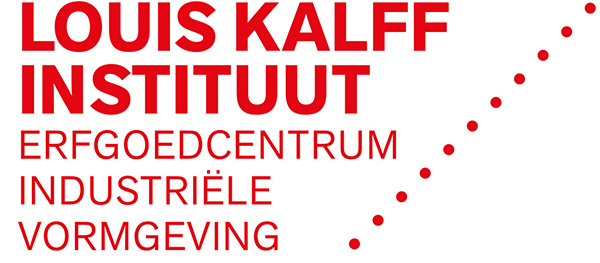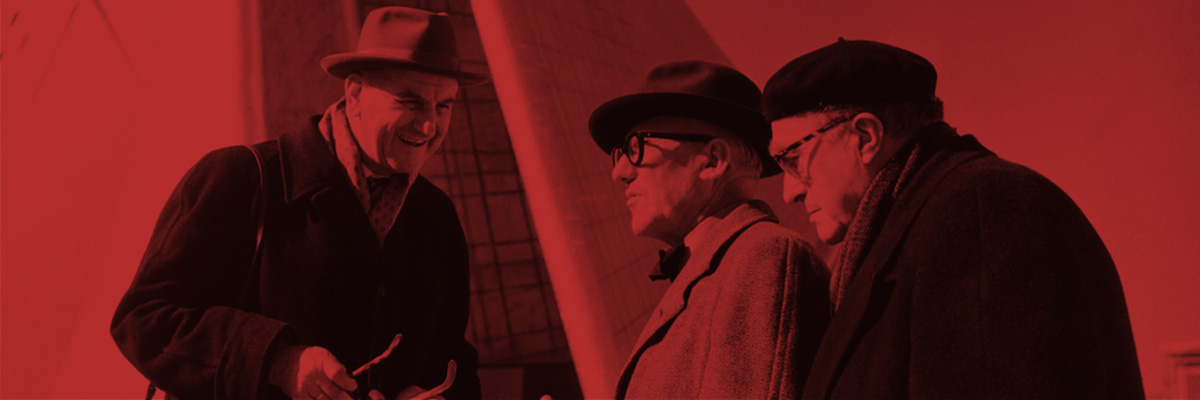Piet Zwart (1885-1977), designer, photographer, teacher, critic. Zwart was educated in Amsterdam and attended engineering courses at the Delft University of Technology. During the First World War he made textile and interior designs with his wife. In 1919 he worked at the agency of architect Jan Wils, who was a member of De Stijl. He also became acquainted with Vilmos Huszár, also a member of De Stijl, with whom he worked on an interior for the Bruynzeel family.
Zwart’s first experiments with typography were for the stationary of Jan Wils. He received his first typography assignments, through Wils, in 1921 from Vickers-house for their LAGA/IOCO products. In the spring of 1923, Zwart was asked by the Dutch Cable Factory (Nederlandse Kabelfabriek, NKF) – via Berlage, whose daughter was married to Proos, the deputy director – to design a series of bi-weekly advertisements. Pomona was also one of his first clients. Zwart worked for Berlage from 1921 to 1927.
In 1923, Zwart met Kurt Schwitters as well as El Lissitzky. He collected their work and became influenced by them, since both also published on typography. In 1926, he started to look for ways to make more money and to detach himself from Berlage’s agency. At that time he also taught at the academy of Rotterdam and designed the interior of Leo Faust’s restaurant in Paris, which was characterised by a correspondent of Het Vaderland as a ‘highly rational eating machine.’
By the end of 1926, Zwart manifested himself as an engineering critic in the magazine Het Vaderland (until 1930). From 1928 onwards, he started to publish on printed matter and typography. Zwart was a member of the international Ring neue Werbegestalter and he was active as an advertising designer and photographer. He worked for the Dutch Cable Factory (Nederlandse Kabelfabriek, NKF), the Dutch Postal Service (PTT), publisher Brusse, and from 1930 to 1962 he had an long-lasting relationship with the Bruynzeel firm. He became famous for his kitchen for Bruynzeel, but he also designed advertising calendars, packagings, art fair stands and office interiors. During the Second World War, he was interned at Sint-Michielsgestel and wrote a report on industrial design with Paul Schuitema and Jan Bouman. He was continually active in the associations GKf (Association of Practitioners of Applied Arts), NIDf and KIO (Association of Industrial Designers) and he had particularly outspoken views on education.
The Dutch version of this biography is taken from the book Visies op vormgeving, het Nederlandse ontwerpen in teksten deel 2: 1940-2000 (2008) by Frederike Huygen. The following sources have been used for this biography:
– Broos, K. ‘Piet Zwart 1885-1977′, Amsterdam 1983.
– Huygen, F. ‘Piet Zwart en het gezicht van Bruynzeel’s potlodenindustrie’, Rotterdam (Museum Boijmans Van Beuningen) 1983.

